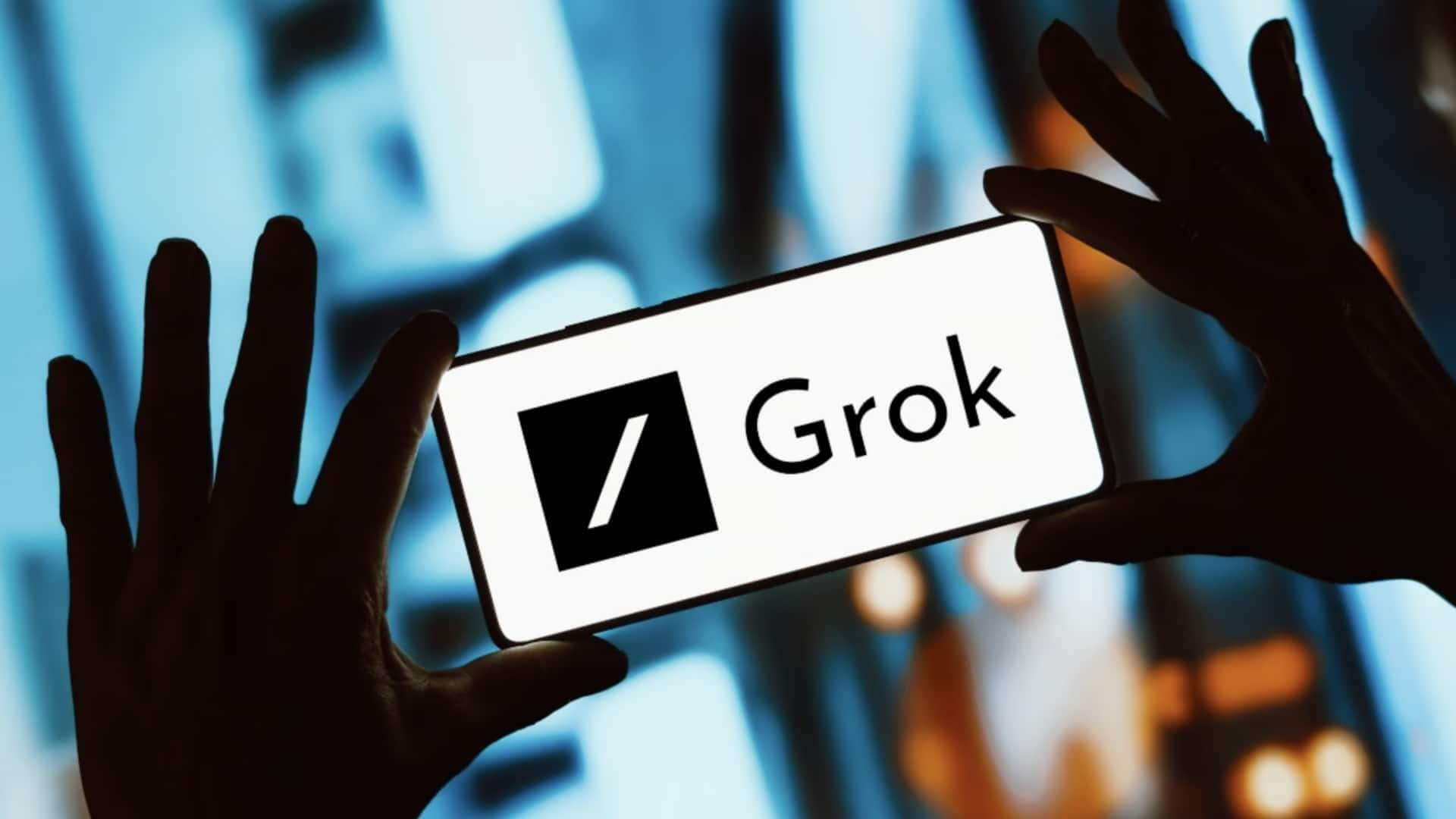
Pundits and analysts are looking at head-to-head polling numbers to read the presidential race’s tea leaves. But to understand where the contest between Kamala Harris and Donald Trump will end , rather than where it stands today, look at the candidate’s favorability numbers instead. Historically, a presidential candidate’s favorability rating is highly correlated with his or her ultimate share of the vote.
In 2016 and 2020, almost all those who told exit pollsters they had a favorable opinion of a candidate voted for that person. That fact was obscured in 2016 , though, because of the unusually high share of voters who disliked both candidates. Trump won the Electoral College because he carried the 18% of voters who were “double haters” — that is, who said they disliked both him and Democratic rival Hillary Clinton — by a thumping 17-point margin, 47% to 30%.
Trump lost in 2020 because almost everyone liked one of the two nominees — and while 52% of voters said they liked Biden, only 46% liked Trump. Each candidate lost only 4% of those voters to the other. But look at the math: Trump lost the popular vote in 2020 by only 4.
5%, a bit less than the 6% implied by the differential in the two men’s favorability scores. That suggests he again won the “double haters” — but on Election Day there were too few of them to matter. The 2024 election is shaping up to be something between those two contests.
As of Oct. 16, Trump had a 45% favorability rating among polls of likely voters listed on the Real Clear Politics average since Oct. 1.
Harris’ favorability was higher, at 49.3%. This would appear to imply that she should have a lead of about 4 percentage points.
But in fact, the head-to-head horserace numbers in those same polls showed a Harris lead of only 2.4 percentage points. There’s only one way to square those two numbers: Harris must be losing the roughly 6% of voters who are “double haters” — and by a significant margin.
Strategically, this suggests that Trump needs to drive anti-Harris sentiment up as high as possible. The more people unhappy with Harris, the more people likely to — even regretfully — vote for Trump. The October polls also suggest that Trump needs to change the composition of the voter pool by driving turnout higher.
Three polls this month of registered voters or all adults showed Harris with only a 1.7-point favorability edge over Trump — and with just a 1.66-point lead in the race.
In other words, Trump is doing better than Harris among people who do not habitually vote. Voting propensity correlates with educational attainment, so Trump’s chances of victory improve if the electorate is larger — and therefore less tilted toward college graduates. And if Trump’s less-well-educated, low-voting-propensity fans stay home, either on Election Day or during the early voting period, Harris’ odds of winning go up — a lot.
That’s why many GOP worriers are concerned that Trump’s ground game isn’t up to snuff. Rather than hiring thousands of party staffers to man field offices and do phone-banking and door-knocking in key states, the Trump campaign appears to have “contracted out” that part of its effort to outside groups like Turning Point Action and Elon Musk’s America PAC . Meanwhile, these two factors — presidential-candidate favorability and voter turnout — will also matter for the candidates downballot.
Races for the Senate and House have become nationalized: More Americans are voting a straight ticket, sticking with one party for every race on the ballot; fewer House and Senate candidates can attract voters who support the other party’s presidential nominee. If Harris can keep her favorability numbers up, Democrats have a much better chance at taking the House and keeping their losses in the Senate to a small handful. If Trump can bring Harris’ favorability down and energize his low-engagement voters, he can build coattails that could boost Senate and House Republican numbers significantly.
We won’t know until after Election Day whether the Trump turnout game succeeds. But within the next few days, early-voting data will begin to give us some clues. If the early votes from registered Republicans (or, in states without partisan registration, from heavily GOP counties) include a significant number of ballots from first-time or irregular voters, then we can infer Trump is getting his non-traditional voters to the polls.
The opposite is also true: If the Republicans’ early-vote totals come mainly from those who vote religiously, then turnout models that give Harris the edge are likelier to be true. All the data point to 2024 being one of the closest elections in our history — again. But watch the favorability numbers closely: If Trump’s negativity blitz succeeds and Harris’ favorability drops, the “double haters” might help send him back to the White House.
Henry Olsen, a political analyst and commentator, is a senior fellow at the Ethics and Public Policy Center..








